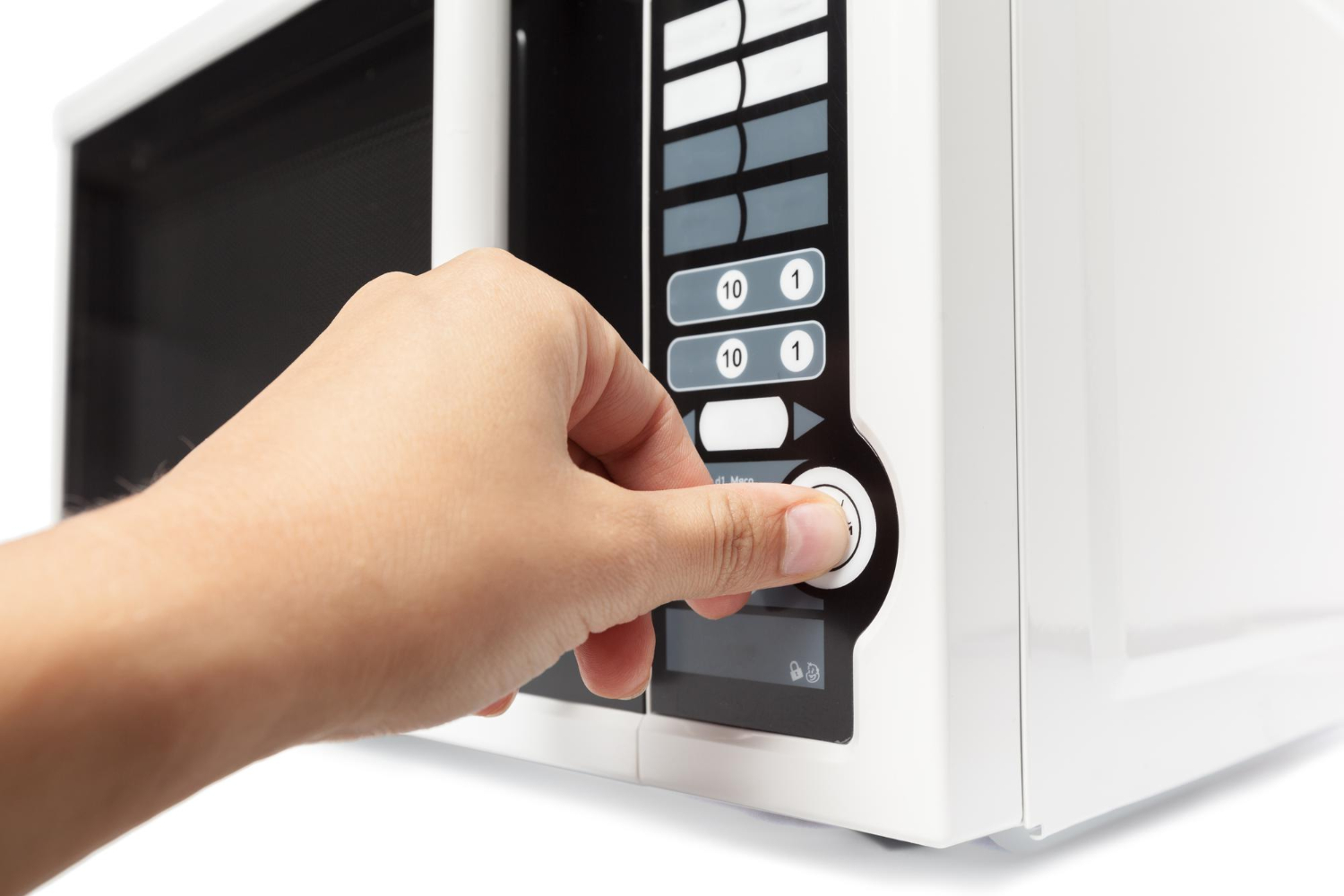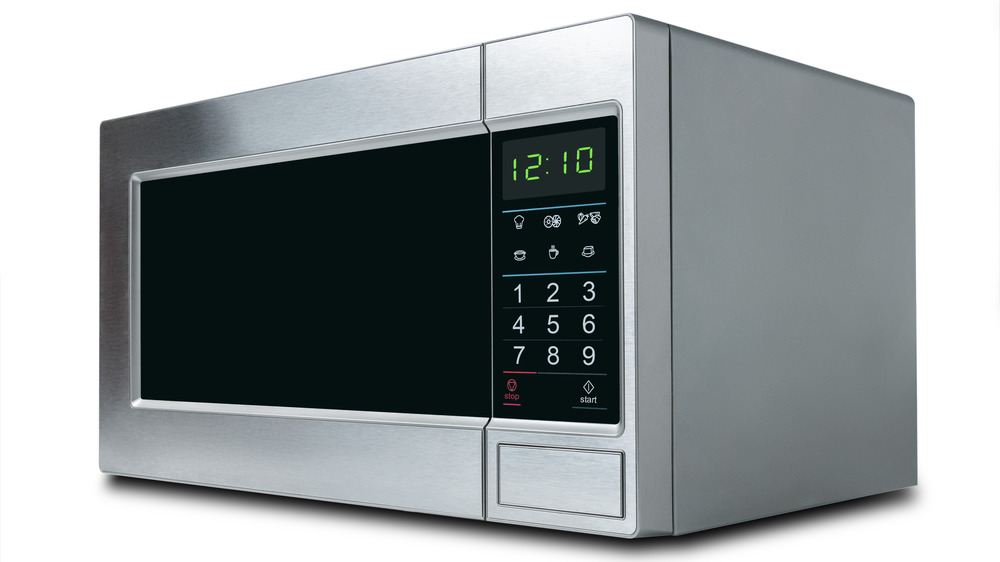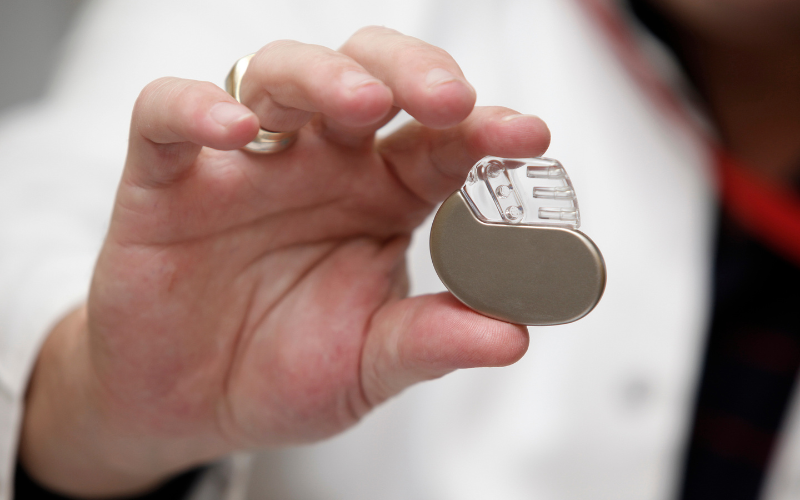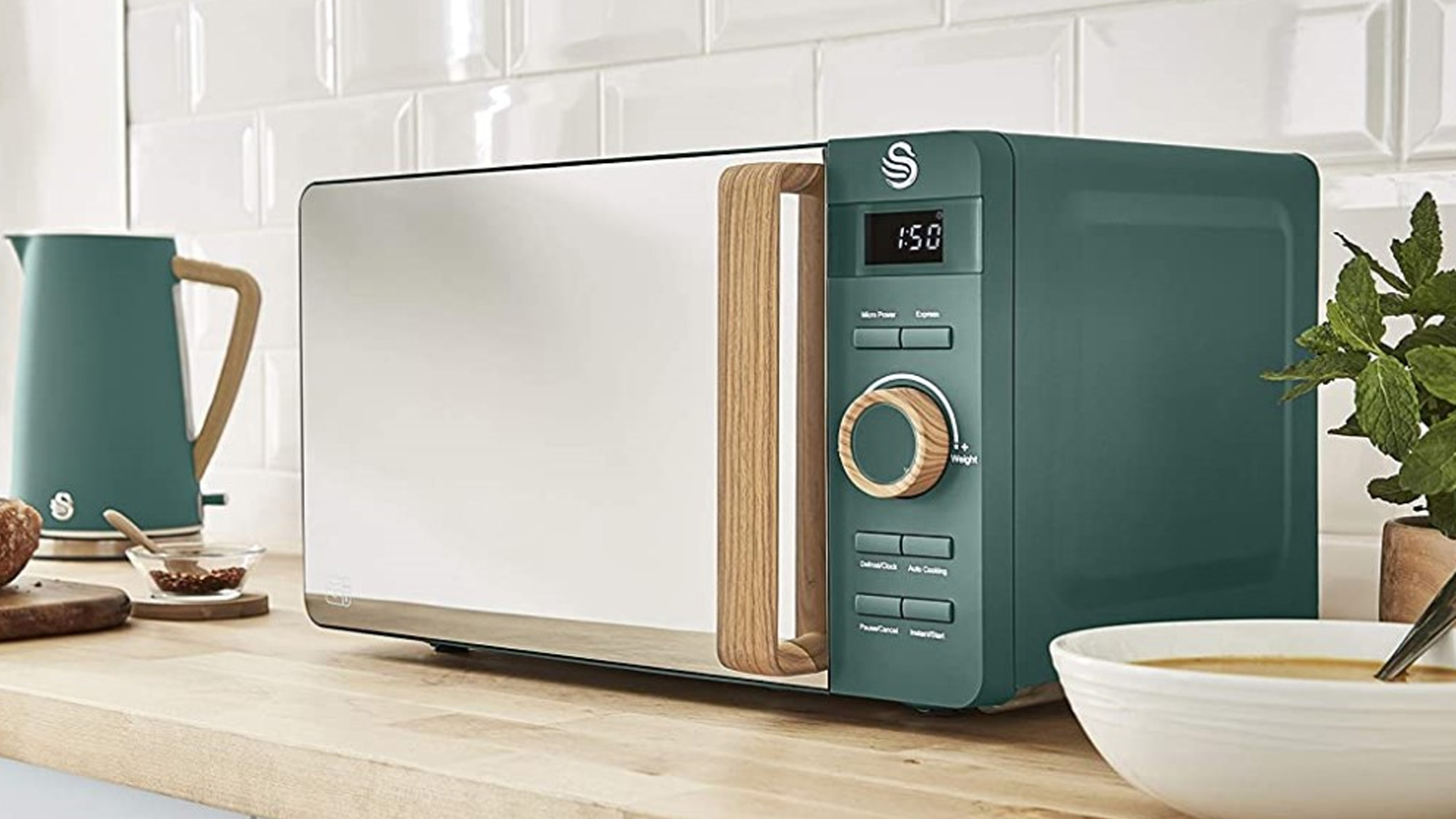Can you use a microwave if you have a pacemaker? Living with a pacemaker can present a unique set of challenges, as individuals must navigate the everyday world with an increased awareness of potential electromagnetic interference (EMI) and its potential impact on their medical device. One of the common questions that often arises is whether it’s safe for pacemaker wearers to use a microwave oven, a ubiquitous household appliance that emits electromagnetic radiation.
Addressing this concern is essential, as the safety and well-being of pacemaker wearers should be the top priority. By understanding the relationship between pacemaker and microwave, as well as the precautions that can be taken, individuals with these medical devices can confidently and safely incorporate microwave usage into their daily lives.
Understanding Pacemakers and Their Technology
What is a Pacemaker?
A pacemaker is a small device implanted under the skin in the chest, near the heart. It helps control the heart’s rhythm and ensures it beats at a normal pace. Pacemakers are particularly crucial for those with arrhythmias. These are irregular heartbeats that can lead to various health issues. Modern pacemakers are sophisticated and can adapt to the body’s needs. They monitor heart activity and provide electrical pulses when necessary. Therefore, understanding how they function is essential in assessing safety concerns.
How Do Microwaves Work?
Microwave ovens use electromagnetic radiation to heat food. This radiation falls within the microwave spectrum and operates at specific frequencies. When activated, microwaves excite water molecules in food, creating heat. This method allows for quick cooking. Importantly, microwaves are designed to contain the emitted radiation within the oven. The door mechanisms and insulation prevent leakage, making them generally safe to use. However, the interaction of electromagnetic fields with other electronic devices is a crucial topic worth exploring.
Understanding the Relationship Between Microwave and Pacemaker
To determine the safety of using a microwave oven with a pacemaker, it’s important to first understand the potential for electromagnetic interference (EMI) and its potential impact on the medical device.
Can you use a microwave with a pacemaker? The Basics of Electromagnetic Interference (EMI)
Electromagnetic interference (EMI) refers to the disruption or distortion of an electronic device’s normal operation due to the presence of electromagnetic fields. In the case of pacemakers, EMI can potentially interfere with the device’s ability to accurately monitor and regulate the wearer’s heart rate, leading to various complications.
If you have a pacemaker can you use a microwave? Microwaves and Their Electromagnetic Emissions
Microwave ovens are designed to operate by generating high-frequency electromagnetic waves, typically in the range of 2.4 to 2.5 gigahertz (GHz). These waves are responsible for the efficient heating and cooking of food inside the appliance. However, this electromagnetic radiation, if strong enough, has the potential to interfere with the proper functioning of a pacemaker.
Can you use a microwave if you have a pacemaker? The Potential Risks to Pacemaker Wearers
While the electromagnetic emissions from a microwave oven are generally considered safe for most individuals, pacemaker wearers may be at a higher risk of experiencing interference with their medical device. This interference can potentially lead to a variety of issues, such as the pacemaker temporarily switching to a backup mode, unexpected changes in heart rate, or even the complete malfunction of the pacemaker.
Can you use a microwave if you have a pacemaker? Guidelines and Safety Precautions for Pacemaker microwave using
To ensure the safe use of microwave ovens by pacemaker wearers, various guidelines and safety precautions have been established by medical professionals and regulatory bodies.
Recommended Minimum Distance from Microwave Ovens
One of the primary safety measures for pacemaker wearers is to maintain a safe distance from the operating microwave oven. The general recommendation is to keep a minimum distance of 2 feet (or 0.6 meters) between the pacemaker and the microwave oven while it is in use.
This distance helps to ensure that the electromagnetic emissions from the microwave oven are significantly attenuated before reaching the pacemaker, reducing the risk of potential interference.
Avoiding Direct Exposure to the Microwave Oven
In addition to maintaining a safe distance, pacemaker wearers should also avoid direct exposure to the microwave oven’s interior while it is in operation. Standing in front of an active microwave oven or reaching inside it can increase the risk of electromagnetic interference and should be avoided.
Consultation with Healthcare Professionals
It’s essential for pacemaker wearers to consult with their healthcare providers, such as their cardiologist or pacemaker technician, to discuss the specific safety guidelines and precautions related to microwave use. These professionals can provide personalized advice based on the individual’s pacemaker model, medical history, and any unique considerations.
Recognizing and Responding to Potential Interference
Despite taking the necessary precautions, pacemaker wearers may still encounter situations where electromagnetic interference from a microwave oven or other sources can affect the proper functioning of their medical device.
Symptoms of Electromagnetic Interference
Pacemaker wearers should be aware of the potential symptoms of electromagnetic interference, which may include dizziness, lightheadedness, irregular heartbeat, or a sudden change in heart rate. If any of these symptoms are experienced while using a microwave oven or in close proximity to other electronic devices, it’s crucial to take immediate action.
Responding to Electromagnetic Interference
If a pacemaker wearer suspects that they are experiencing electromagnetic interference, they should immediately move away from the suspected source of the interference, such as the microwave oven. Additionally, they should monitor their symptoms and be prepared to contact their healthcare provider if the issues persist or worsen.
In some cases, the pacemaker may automatically switch to a backup mode or adjust its settings to compensate for the interference, but it’s important to seek medical attention to ensure the proper functioning of the device.
Ongoing Monitoring and Follow-Up
Pacemaker wearers should maintain regular communication with their healthcare providers, informing them of any incidents of suspected electromagnetic interference, regardless of the source. This ongoing monitoring and follow-up can help healthcare professionals identify any potential issues and make necessary adjustments to the pacemaker or provide additional guidance on safe usage of electronic devices.
Other Electronic Devices to Consider
Devices That May Cause Interference
While microwaves are generally safe for pacemaker users, other household devices may require caution. Some household items, like high-voltage electrical appliances, can potentially interfere. Such devices include electric bed warmers, industrial equipment, or certain mobile devices. Hence, understanding which devices might pose risks is essential for heart patients. Always consult with healthcare providers to identify any necessary precautions.
Safety Tips for Other Electronic Use
Maintaining a safe distance from devices that might cause interference can mitigate risks. Additionally, turning off unnecessary devices while near a pacemaker can improve safety. Individuals should also avoid placing devices close to the chest area where the pacemaker is implanted. By taking these precautions, one can continue to enjoy modern conveniences without compromising health. Staying informed is crucial for pacemaker users.
Conclusion: Empowering Pacemaker Wearers to Use Microwaves Safely
Navigating the use of microwave ovens with a pacemaker may seem daunting, but with the right knowledge and precautions, pacemaker wearers can safely incorporate this household appliance into their daily lives. By understanding the potential risks of electromagnetic interference, adhering to the recommended safety guidelines, and maintaining open communication with healthcare providers, pacemaker wearers can confidently use microwave ovens while prioritizing their health and well-being.
It’s important to remember that the safety and well-being of pacemaker wearers should always be the top priority. By staying informed, vigilant, and proactive in their approach to microwave usage, these individuals can enjoy the convenience of this kitchen staple without compromising the integrity of their medical devices.
As technology continues to advance and the use of electronic devices becomes more ubiquitous, it’s crucial for pacemaker wearers to stay informed and empowered to navigate these environments safely. By following the guidelines and best practices outlined in this article, they can confidently embrace the benefits of microwave ovens while ensuring their own health and safety remain the top considerations.
Pacemaker wearers must navigate potential electromagnetic interference from household appliances like microwaves. Understanding the risks is crucial. Maintain a 2-foot distance from microwave ovens and avoid direct exposure. Consult healthcare providers for personalized guidance. Watch for symptoms like dizziness or irregular heartbeat, and move away from the suspected interference source. Maintain open communication with doctors to ensure your pacemaker functions properly. By following safety precautions, pacemaker wearers can confidently use microwaves while prioritizing their health. Stay informed and empower yourself to navigate these everyday challenges with care and confidence.

